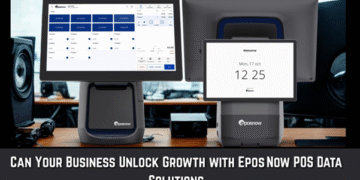A strong procurement network helps connect vendors, employees, and consumers all together to provide a solution for a need. To maintain operational resilience and practice risk management, organizations need to account for all areas where vulnerabilities lie. A procurement network is one of those areas where vulnerabilities can quickly turn into disasters. A lot of the potential problems that can infiltrate a procurement process can be easily fixed if proper measures are taken. Here is what to know.
Routine Spend Analysis
A spend analysis should be done quite frequently to assess the financial health of your organization. Spend data can provide information regarding where most of your organization’s finances are being drawn to. In many cases, parts of your business that require a lot of capital to operate may have some vulnerabilities causing the inflated cost. A spend analysis will help you stay on track on keep all your business units being monitored.
Vendor Relationship Management
In business, relationships are key. If you have a vendor that has a huge influence on your operational process, you want to make sure the relationship is very close. Figure out what your vendors’ pain points and stressors are and see what can be improved. When a vendor is very integrated, their pain points can easily become your very own. The vendor will recognize the same principle with your organization, too. A strong relationship can benefit both parties and make it harder for issues to infiltrate either side.
Compliance
A lot of data and innovation has occurred over the past twenty years with no signs of slowing down. Many governments from various countries are starting to recognize not only the amazing side of innovation but the frightening side as well. A lot of new laws and regulations have been introduced to help further protect the public. As an organization, it is important to stay ahead of this curve as best as possible so regulations don’t uproot any foundational processes of your business. You want to make sure your vendors have the same stance on this topic as well. If a vendor is integrated enough, their compliance issues can quickly morph into your own. For example, loose labor regulations overseas got Nike into a public relations nightmare a few years ago. It is better to be overly cautious than to risk relationships and image.
Conclusion
At the end of the day, it is important to value your third-party vendors just as much as your own proprietary assets. With numerous innovations and regulations being created, it is very possible that a third-party vendor dropping the ball could jeopardize a large-scale organization. Large-scale organizations need to do a better job of developing their risk profiles and looking beyond their internal assets. Vendors and competitors should be weighted a lot differently now than ever before




























